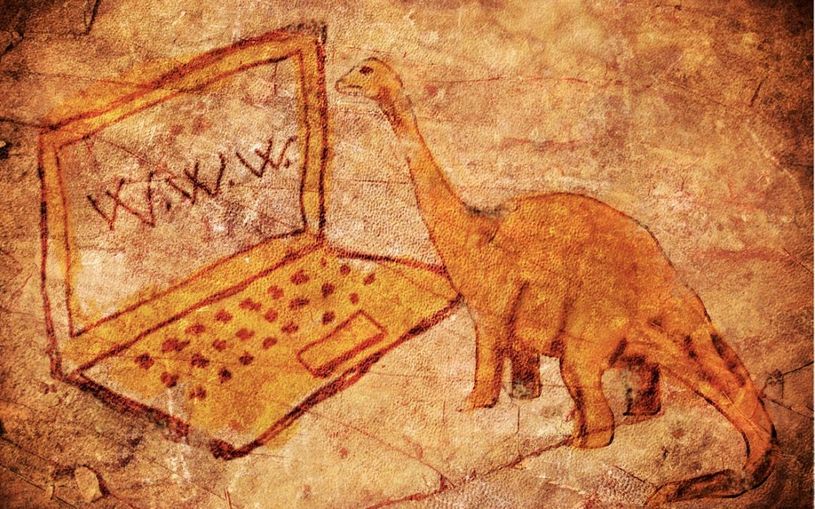Is the virtual data room on its way out?
For those following this market or considering these kinds of services, you’ve probably heard many firms are saying that the VDR’s best days are in the rearview mirror. They’re saying “Content Management Solutions” or “Material Information Platforms” or any other collection of buzzwords are the future, and they’re the ones to provide it. The reality, however, is much different. In fact, the businesses advancing this myth are simply engaged in a rebranding exercise. Virtual data rooms aren’t going anywhere, they’re just getting better.
According to industry experts, virtual data rooms are actually in the midst of a rapid expansion. Just two years ago, global sales tracked in at over $800 million. This number would jump to nearly $1 billion in 2017, and it’s projected to double to $1.9 billion by 2022. So the proof is in the numbers.
What differentiates virtual data rooms is not what they’re called, but the technology and services they offer, and the solutions they deliver. While it might seem surprising, virtual data rooms are relatively new, only having some meaningful presence in the marketplace for about the last 15 years. Before virtual data rooms were introduced, people had to go to physical data rooms to conduct M&A due diligence, which proved to be quite laborious. It’s here that potential buyers had to sift through stacks of papers to find what they needed. It was also quite expensive. During an M&A sale a bidder often had to fly all over the world to access documents. Security and organization was also primitive. To ensure these materials stayed protected, people accessing the information could only review them in designated areas. And when it came to things like document management, collaboration or other typical activities, they were cumbersome processes at best.
With the advent of the virtual data room, which leveraged the internet and the cloud, a more convenient, more secure and more efficient (not to mention more cost effective) way of conducting due diligence was developed. The data room evolved from being a document holding pen to being a work hub for highly-sensitive corporate activities like mergers, acquisitions, IPOs and divestitures.
When the virtual data room was introduced to the market it was a game-changer. However, over the last couple of years, many VDR providers chose to invest their money in wining and dining their clients instead of updating their technology. Consequently, many legacy VDR providers have started to lag behind other enterprise technology solutions. Now the market is feeling the heat, especially from consumer-file sharing applications like Box and Dropbox. While these platforms lack the security features inherent to VDRs and necessary for the enterprise, Users, especially millennials who now dominate the workforce, expect and demand the same speed, convenience, and efficiency these applications provide.
Every VDR provider has taken their own approach to this shakeup in the marketplace. While some have chosen to simply rebrand and ditch the name “virtual data room,” others have invested in new technology and changing how people view data rooms entirely. One such company that’s leading the way on the future of VDRs is SmartRoom. They’re doing so with innovation and services that match the need of the modern workplace. Following are just some of the things they’re doing with the next-generation of virtual data rooms:
New platforms and technology: With evolving technology, VDR providers are looking to the future when it comes to enhancing the user experience. Security and functionality – with a modern user interface as well as advanced reporting and analytics capabilities – deliver the speed and efficiency users are looking for.
APIs. The modern VDR isn’t just about document review and due diligence. It’s become an end-to-end deal management platform. SmartRoom offers seamless integration with leading software programs, enabling clients to conduct all their business within a safe digital environment. This enables greater efficiency and security for the entire deal process.
Collaboration: Today’s VDR users want much more than just a secure means of sharing documents. They want the ability to easily collaborate on documents. SmartRoom provides collaboration features like an integration with Office 365 online which gives users the ability to securely view, edit, and collaborate on any Microsoft document. Document versioning and SmartShare also allow users to easily track and collaborate on due diligence.
The virtual data room continues to evolve to meet market demands like any good technology does. And given the needs of the modern workplace, it’s no wonder that these services are increasingly popular. Any suggestion to the contrary doesn’t reflect the reality of the business climate. The virtual data room market and the product itself are more robust than ever. And with the innovation from makers like SmartRoom, the future will continue to be bright. The VDR isn’t going anywhere.
For more information about a SmartRoom, please visit smartroom.com.
